When you are using an app on Windows 10 suddenly stops responding, you try to wait for the app that’s not responding or try to close it. While some apps recover itself in a few seconds/minutes and work normally, there are some apps that get stuck and does not respond for a long time, what you can do is kill the apps that don’t respond to free up system resources and use the app once again.
If you encounter an unresponsive app on your Windows 10 computer, you have multiple ways to force quit the app. Here in this guide, we will show you how you can kill the apps or force quit the apps that don’t respond or get frozen while using on Windows 10.

It’s doesn’t happen with every app, the unresponsive app may get back to the normal status in a moment, but sometimes it gets frozen on the screen due to a number of reasons. It can be that the app isn’t getting enough system resources, like waiting for the CPU to be free, or due to low usable memory. If it’s an old app, it may not be compatible with the current version of Windows 10 or it’s just a bug that crashes or makes the app unresponsive.
Another reason why the app doesn’t respond is you are using it too obvious, say you are using Google Chrome with several multiple tabs opened which takes a lot of system memory eventually slowing down the computer or freeze the app until it gets enough resources. If it’s a PC game, you are running on graphics settings beyond recommended, or there are too many apps running in the background. It’s better to quit the app or game rather than waiting for hours, here’s how.
1) Using A Keyboard Shortcut
Tried to clicked the Close button of the app but didn’t work? Why not use a keyboard shortcut to quit the app? Force quitting the app is easy, the easiest shortcut many of you know is the ALT + F4 that forces the app to close even if it’s not responding. A dialog box may appear to force close the app or program. Choose Yes to close. Know that, this doesn’t happen with every other app, it depends on the application, you may try this method if it works for your non-responsive app.
Note: For notebook users, you may need to press the ALT + Fn + F4 if the F4 key is used for any feature instead of a function key. You can also disable the function keys as feature keys and use the keys as default function keys without pressing the Fn key.
2) Using Task Manager Or Process Hacker
Another way to kill the apps is by using the Task Manager, now this is something that some of you may already know. But for those who don’t, press CTRL + ALT + DEL to bring the Task Manager or right-click on the taskbar at the bottom and select Task Manager. Find the not responding app and click on End Task. You can go to More details and check the app to see if it’s using any high system resources.
You can also try to kill the apps by going to More details, right-clicking on the task, and choosing the Go to details option. Right-click on it and select End Task or End Process Tree.
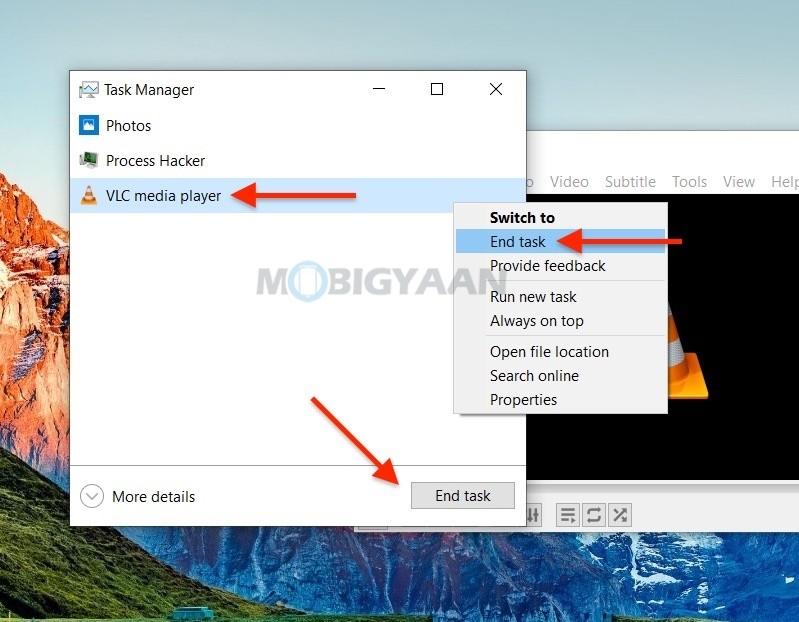
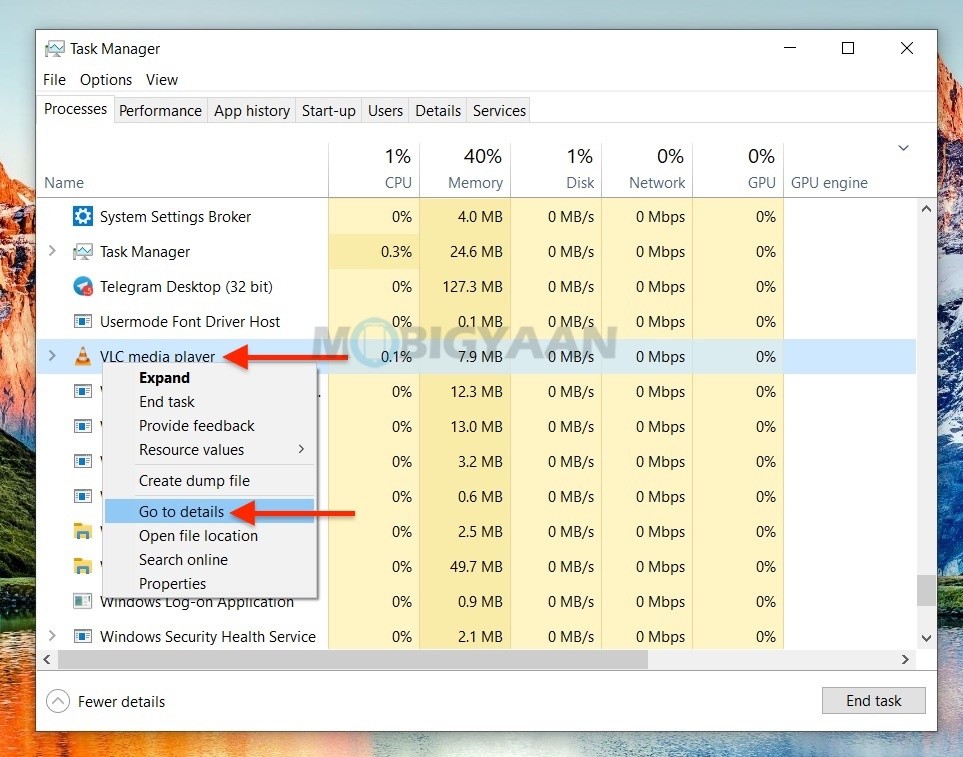
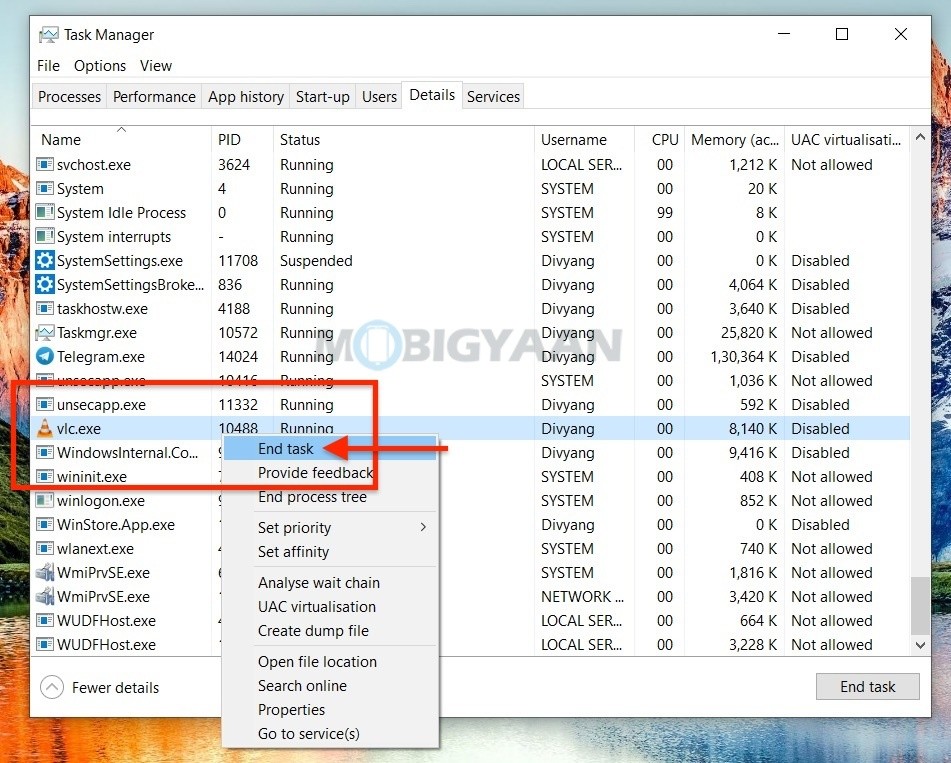
If you are unable to kill the apps using Task Manager, use the third-party application called Process Hacker. This is a free, powerful, multi-purpose tool that helps you monitor system resources, debug software, and also detect malware. This is my all-time favorite tool for Windows, it has everything related to tasks, services, and can show you enough information about your system.
I’m not getting into details about this tool, just show you how you can kill the apps using the Process Hacker. Download the tool from the link and install it on your Windows. Once installed, launch the Process Hacker and search the app under the Process tab, right-click, and kill the task.
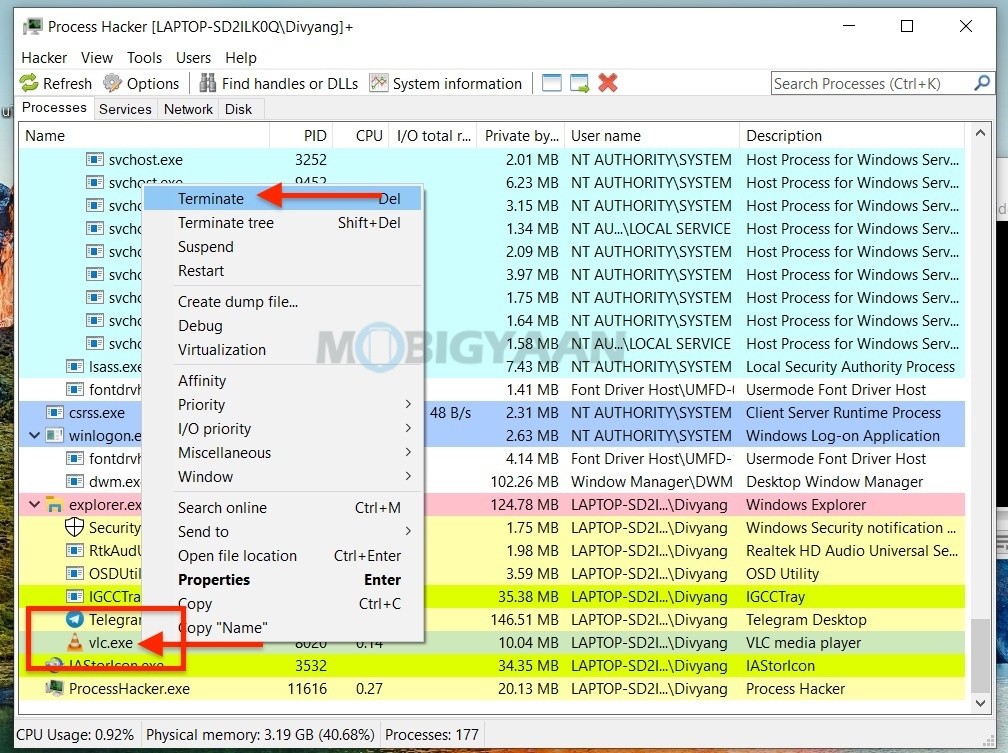
3) Using Command Prompt
There’s nothing better than using the Command Prompt, hit the Start button, and search the CMD, click the Command Prompt.
Now type tasklist and press enter. Once the command is executed, you will see a list of programs, tasks, and services running on your system.
It’s quite a bit of headache if your system has too many running tasks and you can’t find the one that’s not responding, just make sure you remember the name of the app. To get the name, use the Task Manager with More details -> Go to details or use Process Hacker to find the exact name.
Once you find the name type the following command.
- taskkill /im yourtask.exe
Replace the yourtask.exe with your program name, just don’t forget to append .exe to the end of the name. For instance, if you want to force quit VLC player, the command for it would be like this.
- taskkill /im vlc.exe
A success message will be shown to you that the task you are trying to quit has been successfully killed.
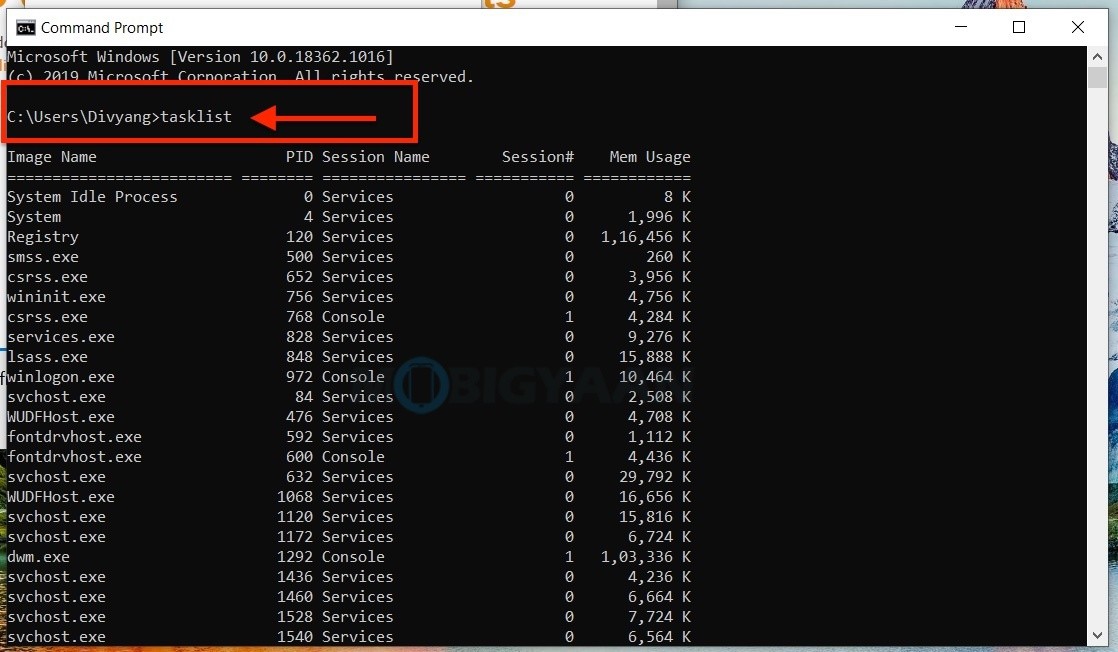
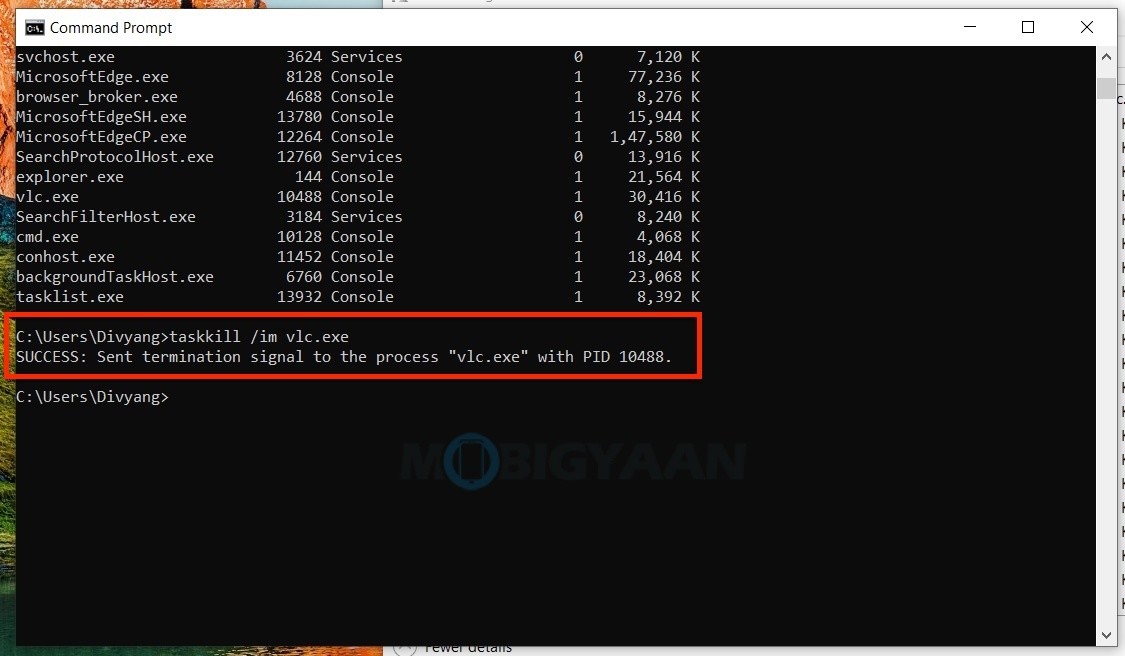
One last thing you can do to quit the not responding apps is shut down or restart the computer, wait… you aren’t actually restarting or shutting down the PC, this is just to kill the app, so go ahead. A dialog box appears to quit the not responding app, click yes to quit the app. Once the app quits, just press the escape key quickly to go back to the desktop and stop the system from shutting down.
If you are using Mac, you can also try to force quit apps on Mac easily. Also check more tips, tricks, guides, and tutorials on Windows and Mac. To get updates on the latest tech news, smartphones, and gadgets, follow us on our social media profiles.
